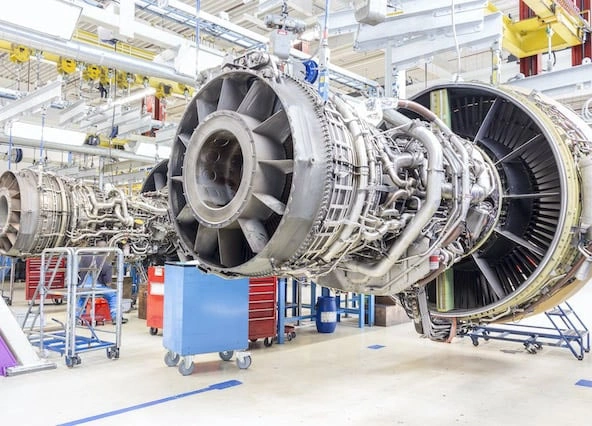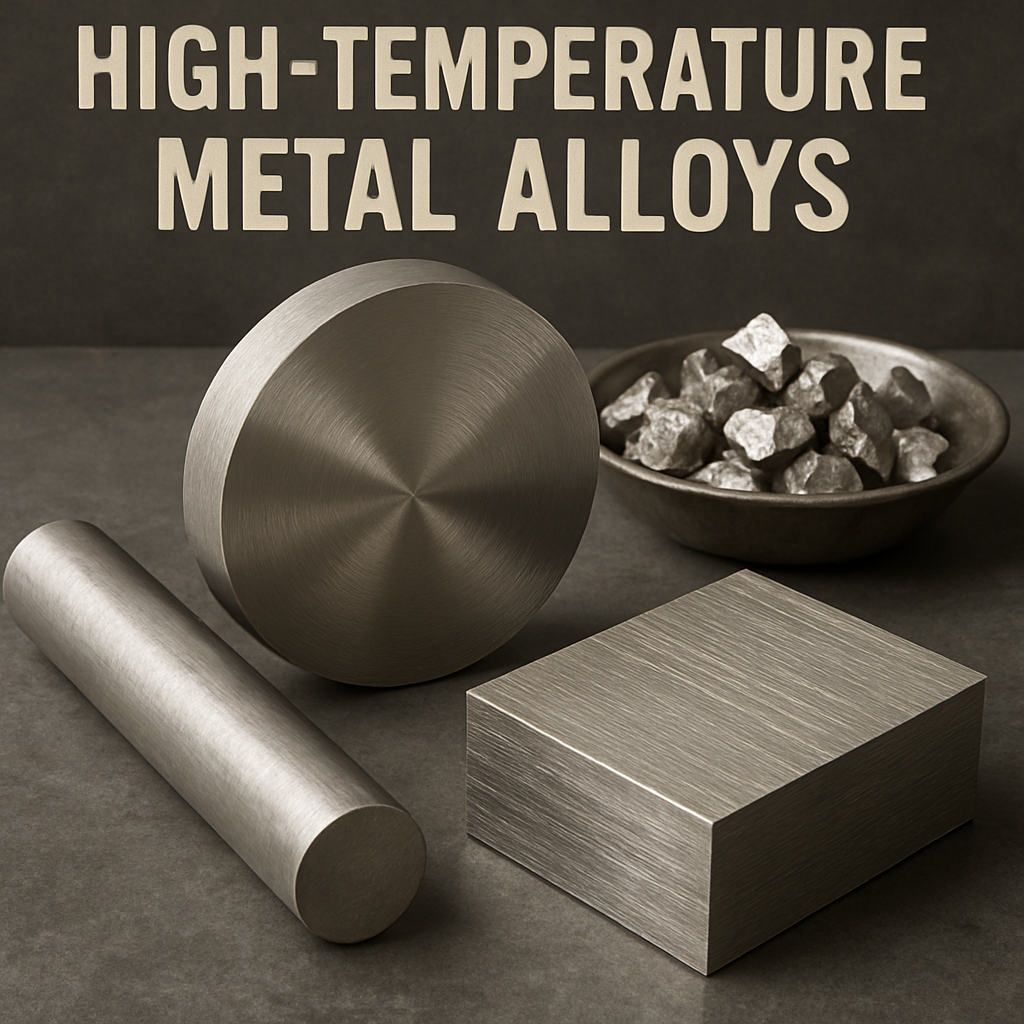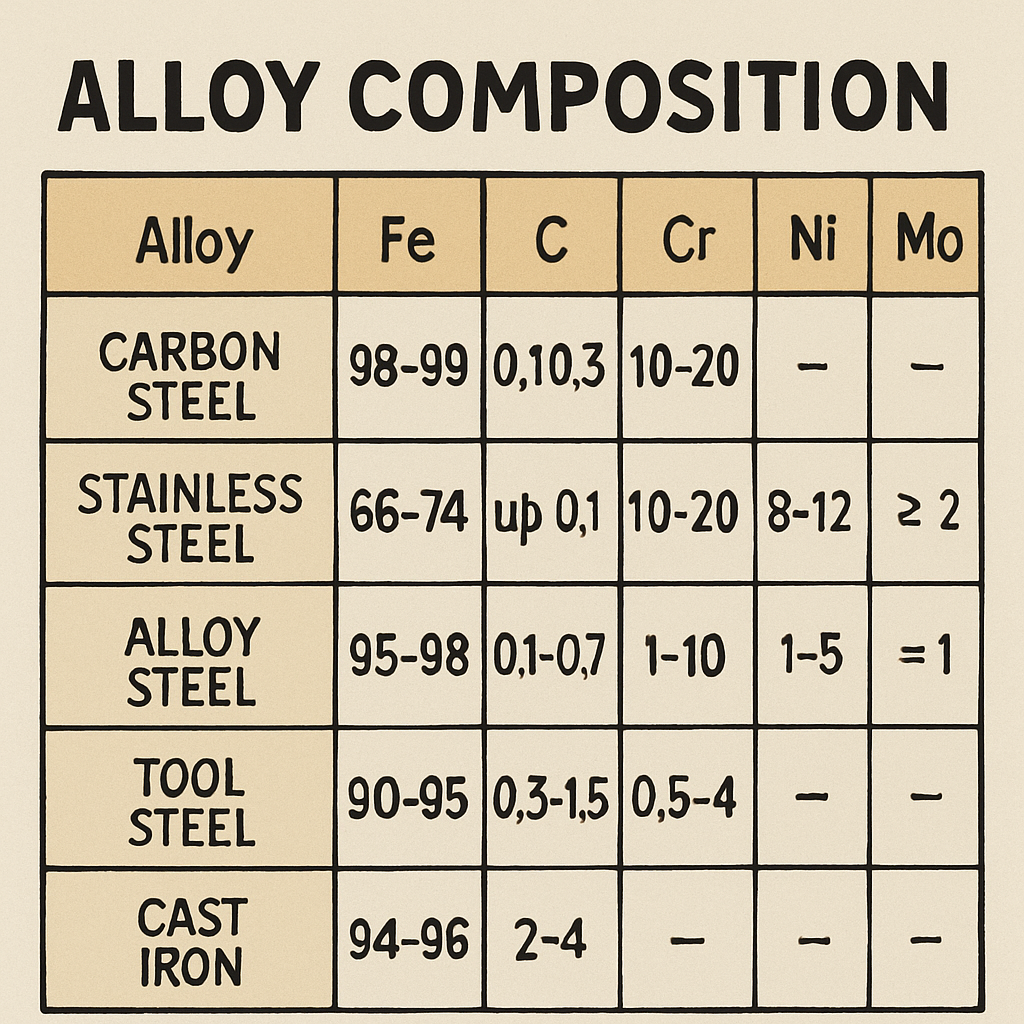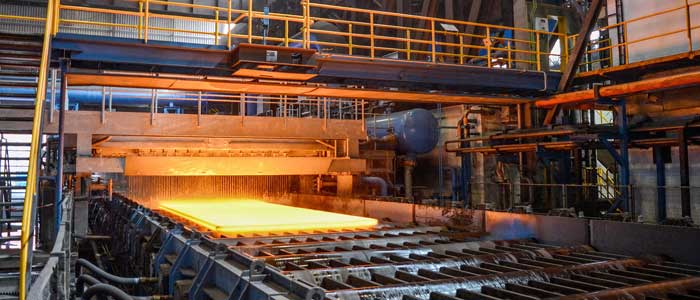In the world of materials science, “heat-resistant alloys” are a fascinating subject, representing a pinnacle of engineering that allows structures and components to thrive in extreme environments. These alloys are specially designed to withstand extreme temperatures without losing their strength or becoming deformed, making them indispensable in modern technology and industry. Let’s delve into what makes these materials unique and why they are essential in various industries, from aerospace to power generation.
These alloys not only have the capability to withstand high temperatures but also offer resistance to oxidation and corrosion, which is crucial for their longevity and reliability. As technology continues to advance, the demand for such materials grows, highlighting the importance of continued research and development in this field. The unique properties of heat-resistant alloys make them suitable for a wide range of applications, ensuring that our technological and industrial infrastructures can operate safely and efficiently under demanding conditions.
What Are Heat-Resistant Alloys?
Heat-resistant alloys, also known as high-temperature alloys, are metal mixtures engineered to endure high temperatures. These materials maintain their mechanical properties even when exposed to extreme heat, making them invaluable in industries such as aerospace, automotive, and power generation. The ability to maintain structural integrity under such conditions is what sets them apart from other materials.
These alloys are often used in environments where temperature fluctuations are severe, and failure is not an option. Their robustness is due to a meticulous combination of metals that provide the necessary characteristics for high-temperature performance. This makes them critical in designing equipment and machinery that operate under high stress, ensuring both performance and safety.
The Composition of Heat-Resistant Alloys
The unique properties of heat-resistant alloys come from their specific composition. These alloys typically include a mixture of metals like nickel, cobalt, and chromium. Each metal plays a crucial role in defining the characteristics of the alloy:
- Nickel: Provides excellent corrosion resistance and maintains strength at high temperatures. Nickel’s ability to form stable phases with other metals enhances the alloy’s performance, allowing it to withstand harsh conditions without degrading.
- Cobalt: Enhances the alloy’s ability to withstand wear and tear, even in extreme conditions. Cobalt’s high melting point contributes to the alloy’s thermal stability, making it suitable for environments where thermal cycling is frequent.
- Chromium: Adds oxidation resistance, preventing the alloy from degrading when exposed to air at high temperatures. Chromium’s presence helps in forming a protective oxide layer, which acts as a barrier against further oxidation.
These elements are carefully balanced to create an alloy that not only endures high temperatures but also resists chemical reactions that could lead to corrosion or structural failure. The development of these alloys requires an in-depth understanding of metallurgy and material science.
How Do Heat-Resistant Alloys Work?
The secret behind heat-resistant alloys lies in their ability to form a stable oxide layer on their surface when exposed to high temperatures. This layer acts as a protective shield, preventing further oxidation and maintaining the material’s integrity. The oxide layer is self-healing, which means that if the layer is damaged, it can reform, providing continuous protection.
This characteristic is crucial for applications where materials are constantly exposed to oxidizing environments. The stability of the oxide layer is influenced by the alloy’s composition, and the ability to maintain this layer under varying conditions is a testament to the advanced engineering behind these materials. The protective layer not only prevents degradation but also aids in maintaining the alloy’s strength and ductility, essential for its performance in demanding applications.
Why Are Heat-Resistant Alloys Important?
Heat-resistant alloys play a vital role in various high-stress environments where regular metals would fail. Here’s why they’re so crucial:
Applications in Aerospace
In the aerospace industry, components such as turbine blades and engine parts must endure extreme temperatures and pressures. Heat-resistant alloys are used to manufacture these parts, ensuring safety and efficiency in aircraft operations. The ability to withstand such conditions is crucial for maintaining the performance and reliability of aircraft engines, which operate at high speeds and temperatures.
These alloys help improve fuel efficiency and reduce emissions by allowing engines to run at higher temperatures. The development of more advanced heat-resistant alloys continues to push the boundaries of what is possible in aerospace engineering, enabling the creation of faster, more efficient aircraft that meet stringent safety and environmental standards.
Use in the Automotive Industry
Automotive manufacturers rely on heat-resistant alloys to build engines that can handle high temperatures. These materials help improve fuel efficiency and performance, making vehicles more reliable and environmentally friendly. The use of these alloys in exhaust systems, for example, allows for better heat dissipation, reducing engine wear and increasing longevity.
In addition to engines, heat-resistant alloys are employed in other components such as turbochargers and braking systems, where high temperatures are a constant challenge. The ongoing advancement in alloy technology supports the automotive industry’s push towards more sustainable and high-performance vehicles, meeting the demands of consumers and regulatory bodies alike.
Power Generation and Beyond
In power plants, heat-resistant alloys are essential for constructing turbines and boilers that operate at high temperatures. This capability allows for more efficient energy production and reduces the risk of mechanical failures. The efficiency of power generation systems is directly linked to their ability to operate at higher temperatures, making these alloys critical for modern energy infrastructure.
Beyond power generation, these alloys find applications in industries like chemical processing and manufacturing, where they are used in reactors and heat exchangers. The versatility of heat-resistant alloys makes them an invaluable asset across a wide range of sectors, contributing to advancements in technology and industry.
Types of Heat-Resistant Alloys
Several types of heat-resistant alloys are available, each tailored for specific applications. Let’s take a closer look at some common ones:
Nickel-Based Alloys
Nickel-based alloys are among the most popular high-temperature materials. They are known for their exceptional strength and resistance to oxidation and corrosion. Examples include Inconel and Hastelloy, often used in aerospace and chemical processing industries. These alloys are engineered to perform under high thermal stress and are a preferred choice for applications requiring exceptional durability.
The versatility of nickel-based alloys extends to their ability to be formed into complex shapes, making them suitable for intricate components in high-tech industries. Their reliability and performance are continually enhanced through ongoing research, ensuring they meet the evolving needs of modern engineering challenges.
Cobalt-Based Alloys
Cobalt-based alloys offer excellent wear resistance and thermal stability. They are commonly used in cutting tools, medical implants, and jet engine components. Stellite is a well-known cobalt-based alloy that withstands high temperatures and friction. These alloys are particularly valued for their ability to maintain hardness and strength at elevated temperatures, essential for high-performance applications.
The medical field benefits from cobalt alloys due to their biocompatibility, making them suitable for orthopedic implants. In industrial settings, their resistance to wear and corrosion ensures longevity and reliability, reducing maintenance costs and downtime.
Iron-Based Alloys
Iron-based alloys, such as stainless steel, are widely used due to their affordability and versatility. While not as heat-resistant as nickel or cobalt alloys, they still perform well in high-temperature applications like heat exchangers and furnace parts. Their widespread use is attributed to their cost-effectiveness and adaptability to various industrial processes.
These alloys are often enhanced with additional elements to improve their heat resistance and mechanical properties, allowing them to be tailored for specific applications. The development of new iron-based alloys continues to expand their capabilities, making them a staple in industries where cost and performance must be balanced.
Future of Heat-Resistant Alloys
As technology advances, the demand for materials that can withstand extreme conditions will continue to grow. Researchers are constantly exploring new compositions and manufacturing techniques to enhance the performance of heat-resistant alloys.
Innovations in Alloy Design
Scientists are experimenting with adding rare earth elements to traditional alloy compositions. These elements can further improve the material’s heat resistance and mechanical properties, opening up new possibilities for high-temperature applications. The introduction of nanostructured materials is also being explored, which could lead to breakthroughs in strength and durability.
These innovations are not only aimed at improving performance but also at expanding the range of applications for heat-resistant alloys. By enhancing their properties, these materials can meet the increasingly demanding requirements of cutting-edge technologies and industries.
Sustainable Production Practices
With an increasing focus on sustainability, researchers are also looking into more environmentally friendly methods of producing heat-resistant alloys. This includes finding alternatives to scarce metals and reducing the energy required for manufacturing. Efforts to minimize environmental impact are becoming a priority, with initiatives aimed at lowering carbon footprints and promoting recycling.
The push towards sustainable practices is driving innovation in alloy production, ensuring that the development of these materials aligns with global environmental goals. As industries seek to reduce their ecological impact, the role of heat-resistant alloys in supporting sustainable development becomes increasingly significant.
Conclusion
Heat-resistant alloys are a remarkable achievement in materials science. Their ability to endure extreme temperatures without losing their structural integrity makes them indispensable in many industries. As we continue to push the boundaries of technology, these materials will remain at the forefront of innovation, ensuring safety, efficiency, and sustainability in high-temperature applications.
Understanding the intricacies of heat-resistant alloys not only highlights their importance but also opens up opportunities for further advancements in material science. Whether you’re in aerospace, automotive, or power generation, these alloys offer a reliable solution for tackling the challenges posed by extreme temperatures. The future of heat-resistant alloys is promising, with ongoing research and development paving the way for even more advanced materials that meet the needs of tomorrow’s technological and industrial landscapes.









